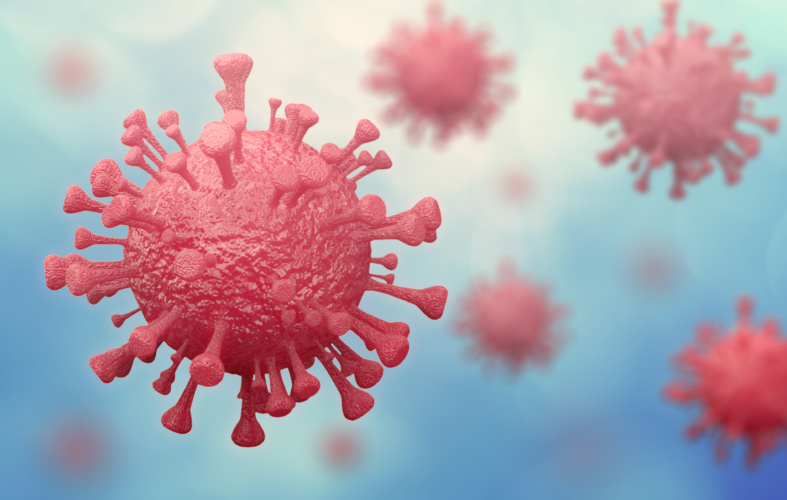
Developed by a team at the University of Central Florida, the optical sensor uses nanotechnology to rapidly identify viruses from blood samples. The researchers said the device can tell with 95 per cent accuracy if someone has a virus, improving on existing rapid tests that could have low accuracy. The team’s results are detailed in Nano Letters.
The researchers tested the device using samples of Dengue virus, a mosquito transmitted pathogen that causes Dengue fever. The technology can easily be adapted to detect other viruses, like COVID-19, said study co-author Debashis Chanda, a professor in UCF’s NanoScience Technology Center.
“The sensitive optical sensor, along with the rapid fabrication approach used in this work, promises the translation of this promising technology to any virus detection including COVID-19 and its mutations with high degree of specificity and accuracy,” Chanda said in a statement. “Here, we demonstrated a credible technique which combines PCR-like genetic coding and optics on a chip for accurate virus detection directly from blood.”
The device is claimed to closely match the accuracy of the gold-standard PCR-based tests but with nearly instantaneous results instead of results that take several days to process. Its accuracy is also claimed to be a significant improvement over current rapid antigen tests that the US Food and Drug Administration and US Centers for Disease Control have cautioned could produce inaccurate results if viral loads are low or test instructions are not properly followed.
The device works by using nanoscale patterns of gold that reflect the signature of the virus it is set to detect in a sample of blood. Different viruses can be detected by using different DNA sequences that selectively target specific viruses.
Key to the device’s performance is that it can detect viruses directly from blood samples without the need for sample preparation or purification, which makes the test quick and accurate.
“A vast majority of biosensors demonstrations in the literature utilise buffer solutions as the test matrix to contain the target analyte,” Chanda said. “However, these approaches are not practical in real-life applications because complex biological fluids, such as blood, containing the target biomarkers are the main source for sensing and at the same time the main source of protein fouling leading to sensor failure.”
The researchers confirmed the device’s effectiveness with multiple tests that used different virus concentration levels and solution environments, including those with the presence of non-target virus biomarkers.
“Although there have been previous optical biosensing demonstration in human serum, they still require off-line complex and dedicated sample preparation performed by skilled personnel - a commodity not available in typical point of care applications,” said Abraham Vazquez-Guardado, the study’s lead author. “This work demonstrated for the first time an integrated device which separated plasma from the blood and detects the target virus without any pre-processing with potential for near future practical usages.”
Chanda said next steps for the research include adapting the device to detect more viruses.




Poll: Should the UK’s railways be renationalised?
I think that a network inclusive of the vehicles on it would make sense. However it remains to be seen if there is any plan for it to be for the...